July is one of those warm, sunny months when perennial plants really shine. Be they flowers, foliage, trees, or shrubs; perennials are full, colorful, and bursting with bloom in July.

This is the time we wait for all year long!
Make the most of it and keep the show going with some good, basic care this month.
Jump to:
- 10 Top Tasks for Perennial Gardeners in July
- 1. Set Up a Rain Gauge
- 2. Supplement Water Accordingly
- 3. Identify Insects, Good, Bad, and Otherwise
- 4. Battle the Bugs that Need Battling
- 5. Learn What Gets Pruned When
- 6. Do Some Deadheading to Keep Things in Bloom and Looking Great
- 7. Keep Up with Invasive Species (Before they Flower and Go to Seed!)
- 8. Replace Invasives with Something Native or Location-Friendly
- 9. A Pound of Prevention – Insects and Disease
- 10. Shop Some Sales
- Yes, You Can Plant and Even Divide Perennials in July – But There’s a Catch!
- Don’t Forget to Stop and Smell Those Roses and Sit Among the Lovely Gardens!
10 Top Tasks for Perennial Gardeners in July
Here are ten of the top things perennial gardeners should be doing in July.
1. Set Up a Rain Gauge
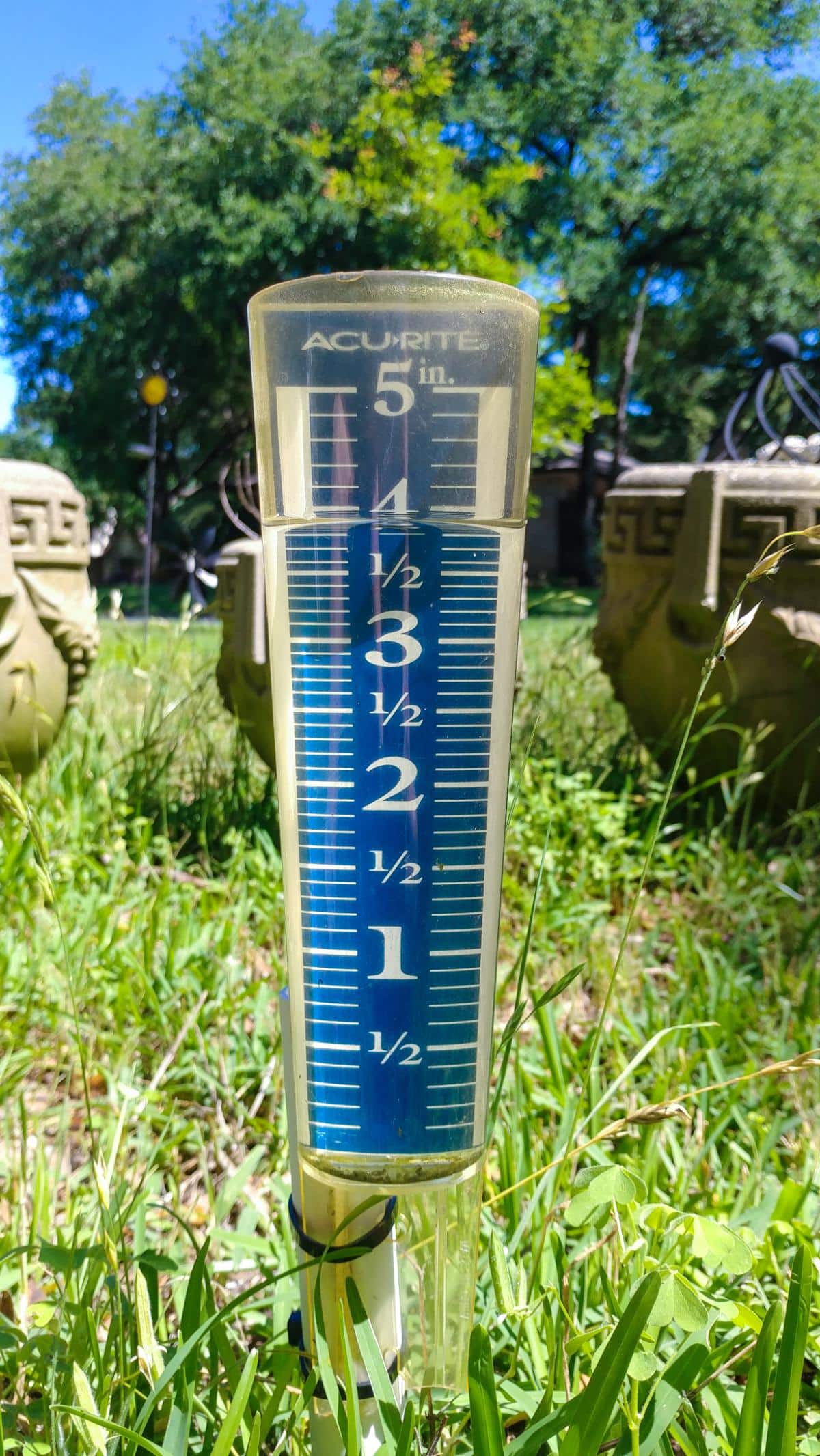
Having a rain gauge will make it worlds easier to figure out whether or not you need to water your perennial gardens.
We often hear things like, “Perennials need one inch of water per week.”
But how do you know if they’re getting an inch of rainwater? What may seem like a heavy downpour may not be as much water as you think it is when measured in inches.
The thing to do is to invest in a rain gauge. It’s a small investment that won’t set you back much. There are all sorts of designs to choose from, from the basic and practical to more scientific units and decorative gauges that will match your garden motif.
A simple, inexpensive rain gauge will tell you easily whether or not your perennials are getting enough water each week.
Rain gauges are also useful to help you know when to shut the sprinkler or hose off. Place your gauge in the path of the water source. When it hits an inch (or whatever amount of water it takes to make up the difference between what the rain gave you towards your weekly allowance), you’ll know you’ve given your perennials enough water.
2. Supplement Water Accordingly
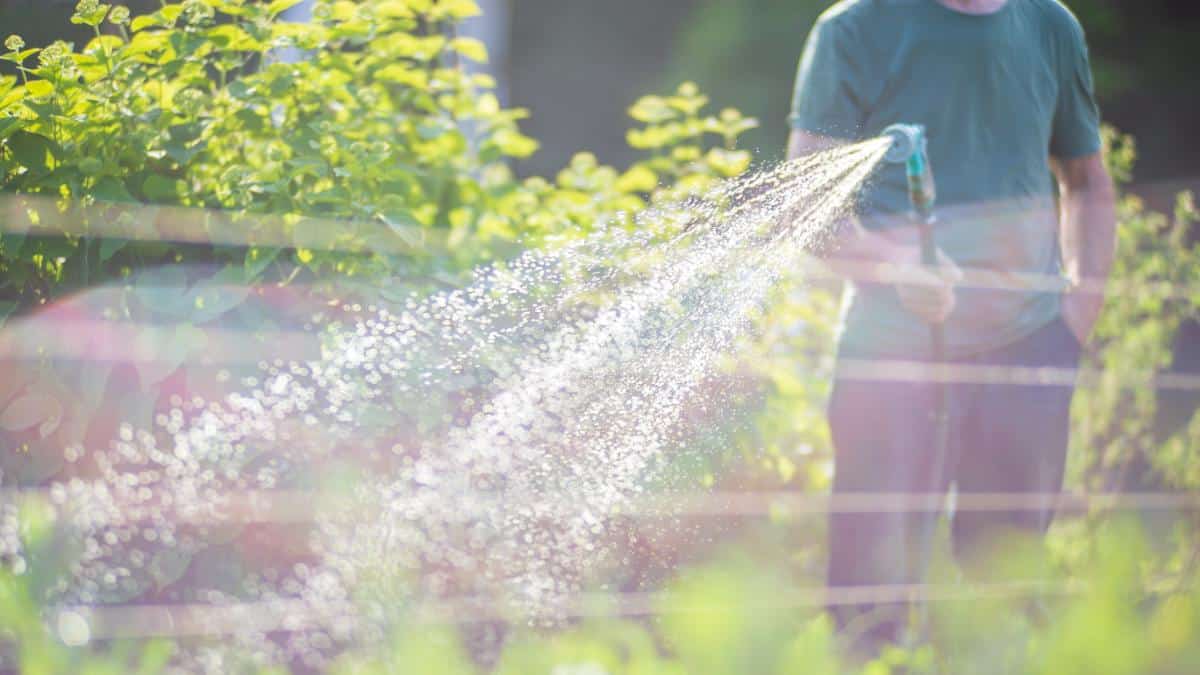
What is enough water for perennials?
It depends on the type of perennials. Larger, bushier plants (shrubs, astilbe, and daylilies, for example) tend to like more water than those that originated in dry climates (like lavender, yarrow, and echinacea).
That said, the rule of thumb for perennials is an average of about one inch per week. As long as dry dwellers are placed properly in well-draining soil, preferably on the sandy or gravelly side, they should be fine with this, too.
The big point is to water perennials when they aren’t receiving enough water from nature (rain). Now that you have a rain gauge, you can decide whether your plants need to be watered and how much.
Established perennials do better with less frequent, deep watering than with watering several times per week.
You should only need to water deep-rooted perennials every one to two weeks but do pay attention to the condition of the plant and let that guide you when you water, too.
3. Identify Insects, Good, Bad, and Otherwise
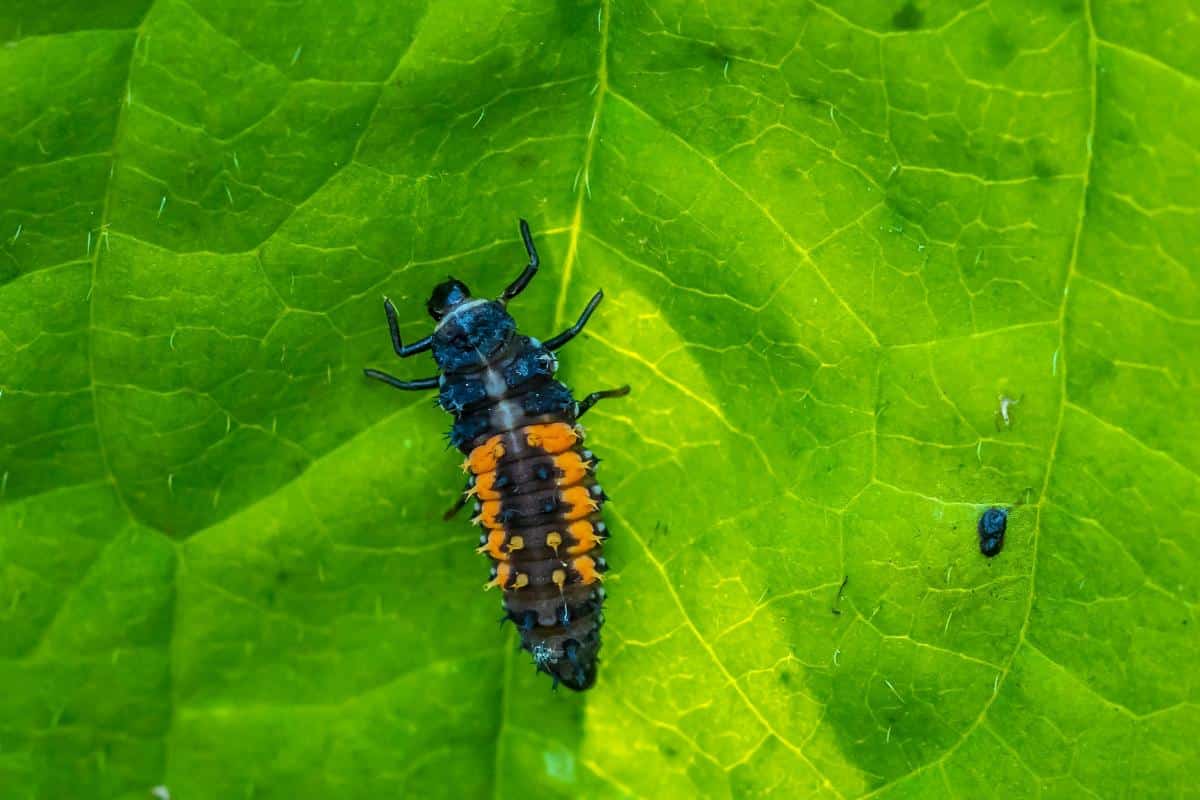
Not all the bugs in our gardens are “bad”. In fact, some are extremely helpful.
But not all insects that are helpful look like innocent little ladybugs. Have you ever seen a ladybug larva? It might really surprise you!
Before you start spraying or treating for insects, first educate yourself.
- Know the difference between what’s a good and what’s a bad insect
- Learn what the eggs and larval stages of insects are so you don’t accidentally kill some very helpful creatures
The point is, know what you’re about to kill before you kill it. Also know what you might accidentally harm in dealing with a pest. Get you a good insect ID app – this will make it fast and easy to identify bad bugs in your garden.
Then use it!
4. Battle the Bugs that Need Battling
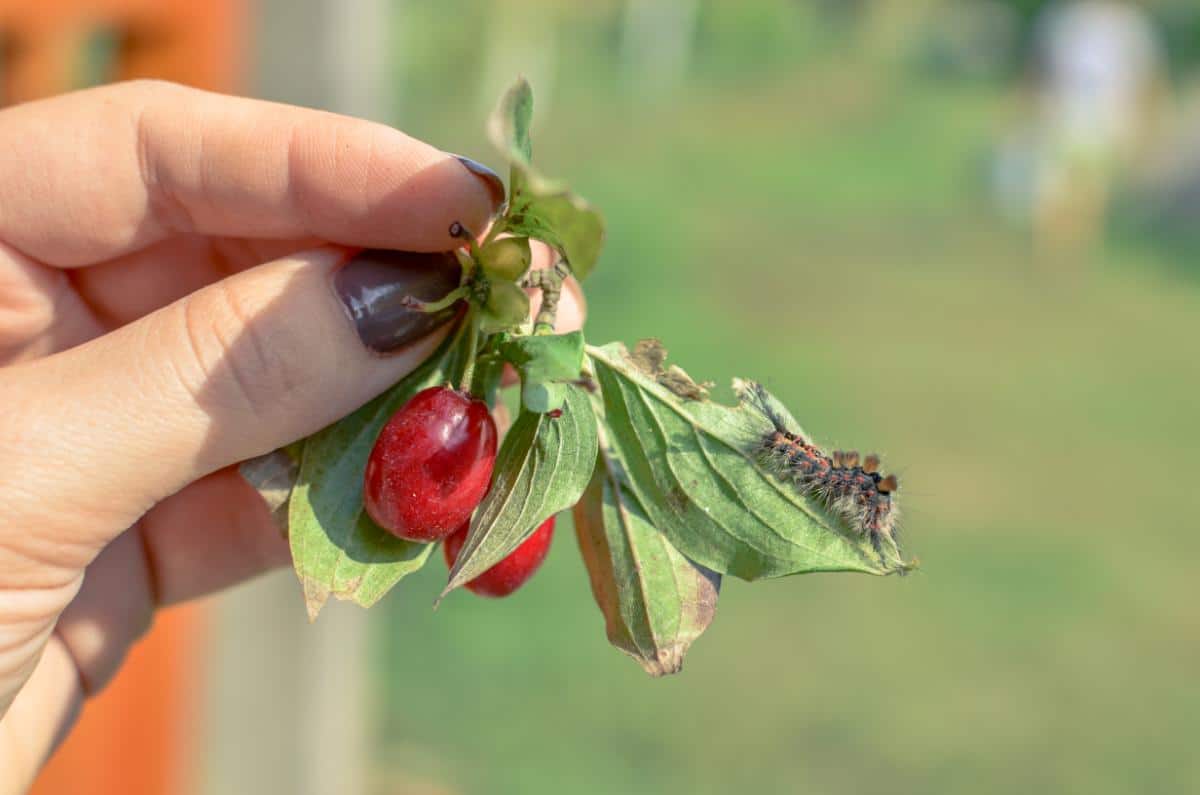
Insect populations often explode in July. They can do a lot of damage to perennials.
Once you know what you’re looking at, then you can start to take action.
Certainly, if your perennials are being chewed and aren’t thriving, you’ll need to do something about the insects that are harming them.
You will want to get ahold of damaging insect pests this month. The future of your perennial garden might rely on it – for years to come.
But also consider that sometimes we can do more harm than good when we start indiscriminately spraying to kill bad bugs.
Some insects are in between – like butterflies – we don’t want to kill them, but we may have to find a happy medium with them because the caterpillars are ravenous.
- Decide if the damage is extensive enough to need action
- Instead of widespread action or spraying, can you hand-pick the few early offenders in deference beneficial insects? Maybe use a non-invasive method like vacuuming garden pests?
- Can you move butterfly caterpillars to a different host plant?
- Might you do more good and achieve more natural control by letting birds and beneficial bugs thrive and control your pests?
- Keep in mind some damaging insects are not native and may not have natural predators in your area
- If and when you treat, do a little research and read the product label instructions so you know how to apply insecticides (even organic and natural insecticides!) without doing harm to bees, pollinators, and beneficial insects
Insect control can be a delicate balance in the perennial garden. Sometimes, the better action is little to no action. At other times, you need to act swiftly and meaningfully.
For the health of your garden and in the interest of natural balance, don’t act for the sake of acting, but do act when it’s called for.
5. Learn What Gets Pruned When
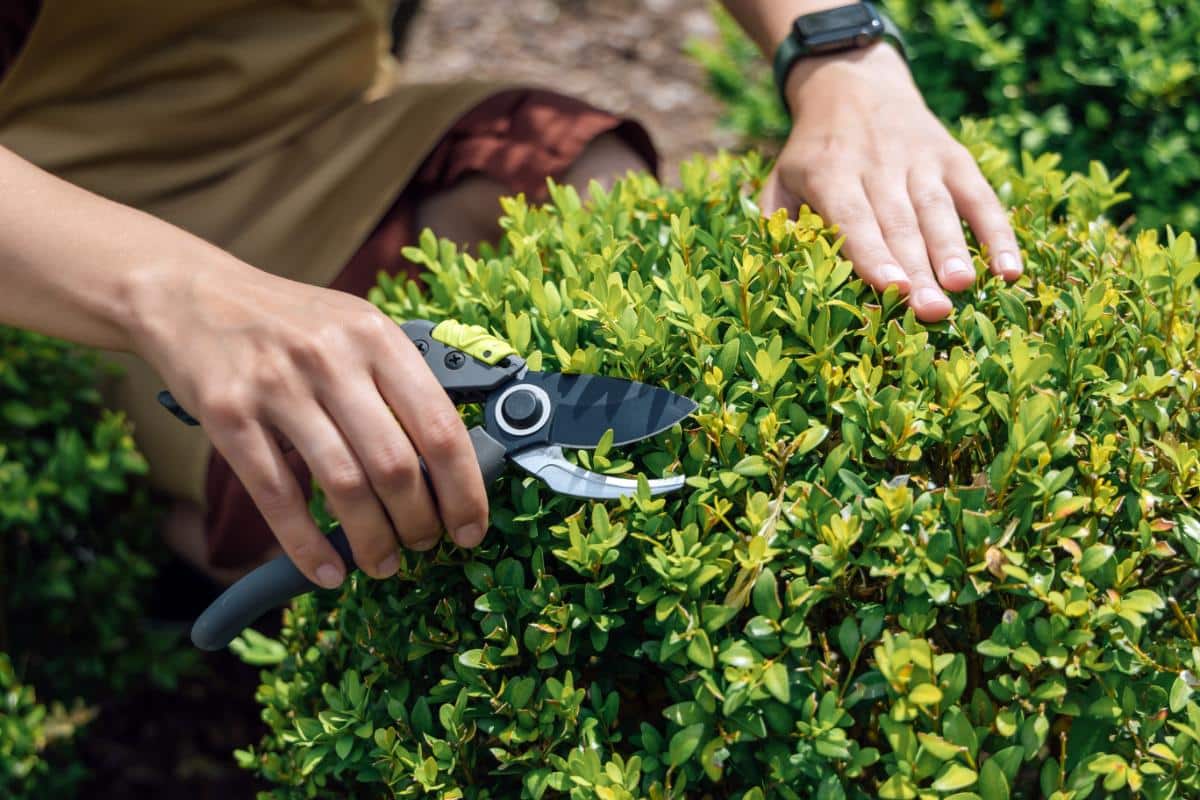
Different perennial plants should be pruned at different times. Some shouldn’t be pruned at all.
It’s smart to look up the different perennials you have in your yard and garden and find out exactly when and how each one should be pruned.
If you think July seems like an odd or unnecessary time to do this, it’s not.
While it is true that many (if not most) of your perennials will not be right for pruning in July, some might surprise you.
But more importantly, some perennials – those that set their buds for next year in this growing season – have a small window in which they can be pruned without cutting off next year’s blossoms. Those are the ones you especially want to know about in July and prune if the time is right.
There are several perennials that should only be pruned right after they have stopped blossoming.
6. Do Some Deadheading to Keep Things in Bloom and Looking Great
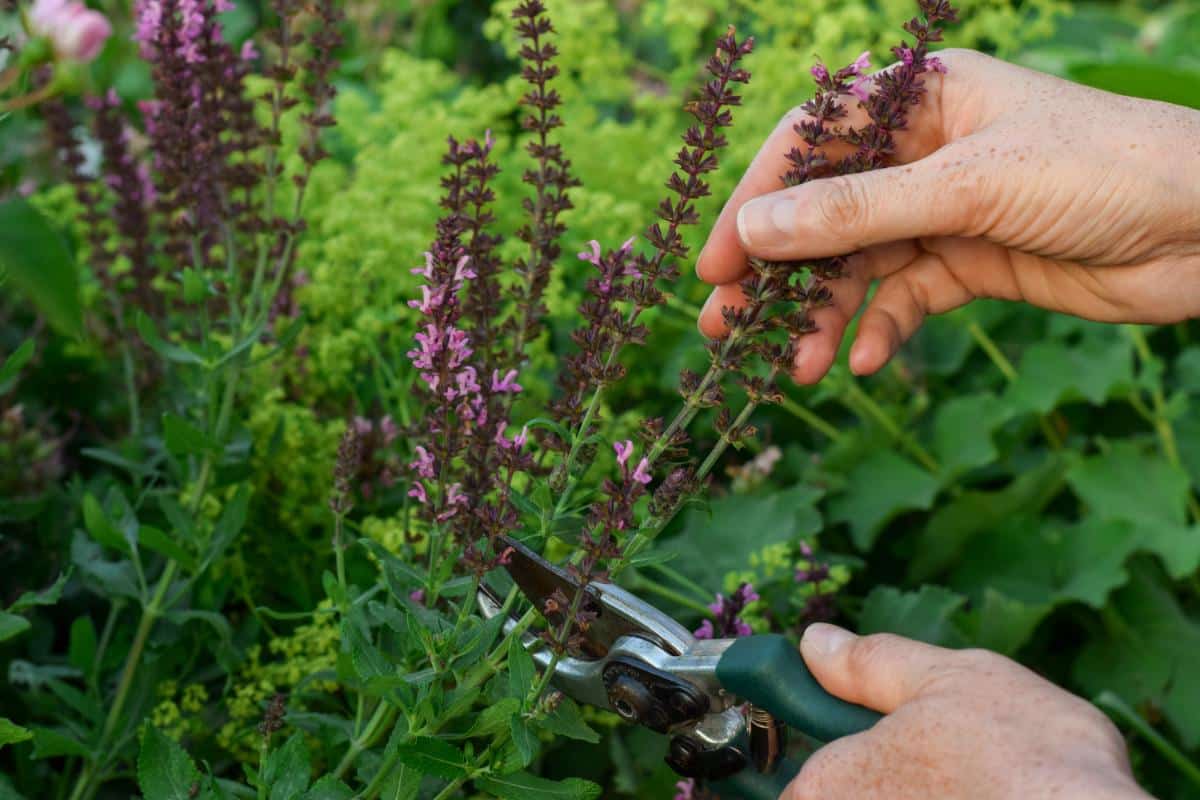
Some perennials will benefit from cutting back and deadheading and might continue to bloom if you do that.
Deadheading does a few things:
- It removes dead, spent blooms, which makes your plants look better
- It stimulates reblooming, and continuously blooming plants will keep trying to flower because the plant knows it hasn’t yet set seed (which is the goal of a plant’s life)
- It reroutes plant energy to the bush or plant instead of sending it into seed production, which builds stronger plants and roots
7. Keep Up with Invasive Species (Before they Flower and Go to Seed!)
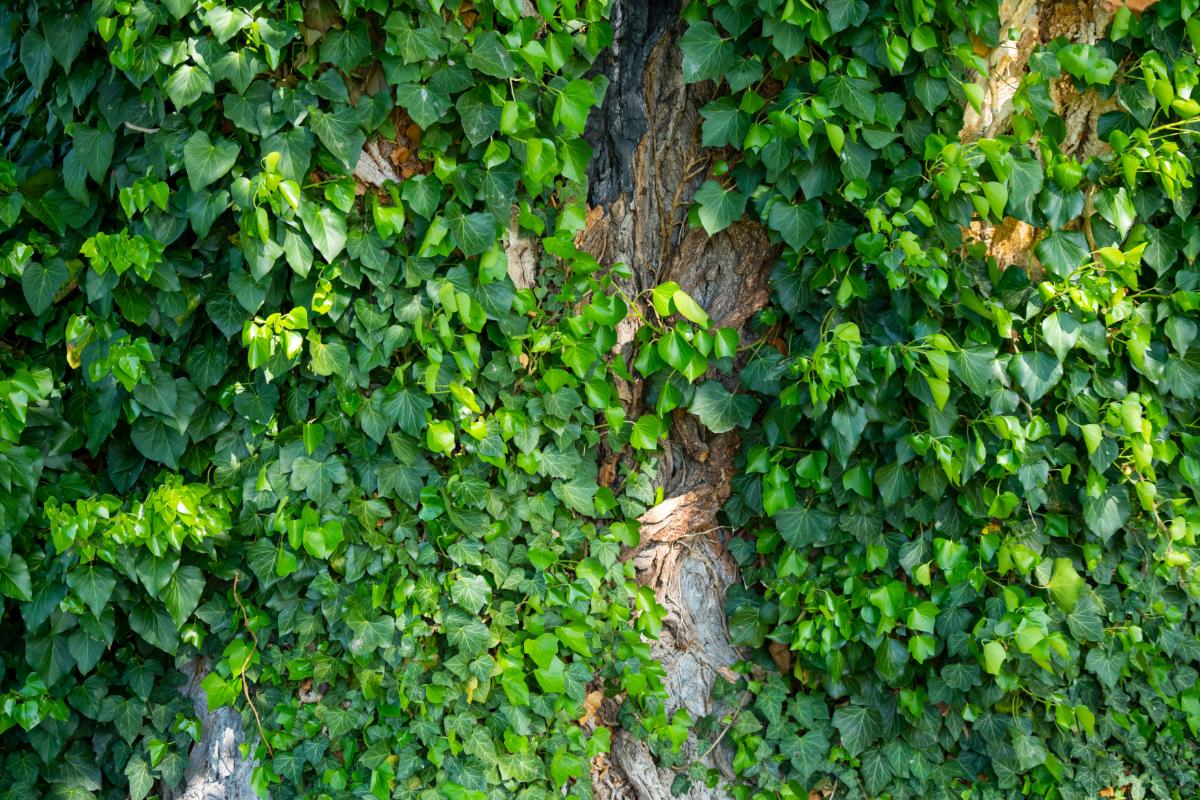
Invasive species of plants like to hide in perennial gardens. Because we are not replanting, digging, and tilling in them as often, it’s easy for these plants to get a hold without us knowing.
The earlier you get to them, the better, but July is a good time to take a look around. By July, invasive plants will have some size to them, making them easier to pick out and easier to identify. But hopefully still on the smaller side, enough for you to deal with them.
You also want to cut out, pull, or dig out these plants before they set seed. Once the seed is set, it won’t be long before your invasive plant population explodes.
It’s best to dig out invasive plants by the root, but at the very least, cut them off at the base, if digging is too difficult or not an option. At least stop them from flowering and going to seed so you can start to kill the plants while also stopping them from spreading any further.
8. Replace Invasives with Something Native or Location-Friendly
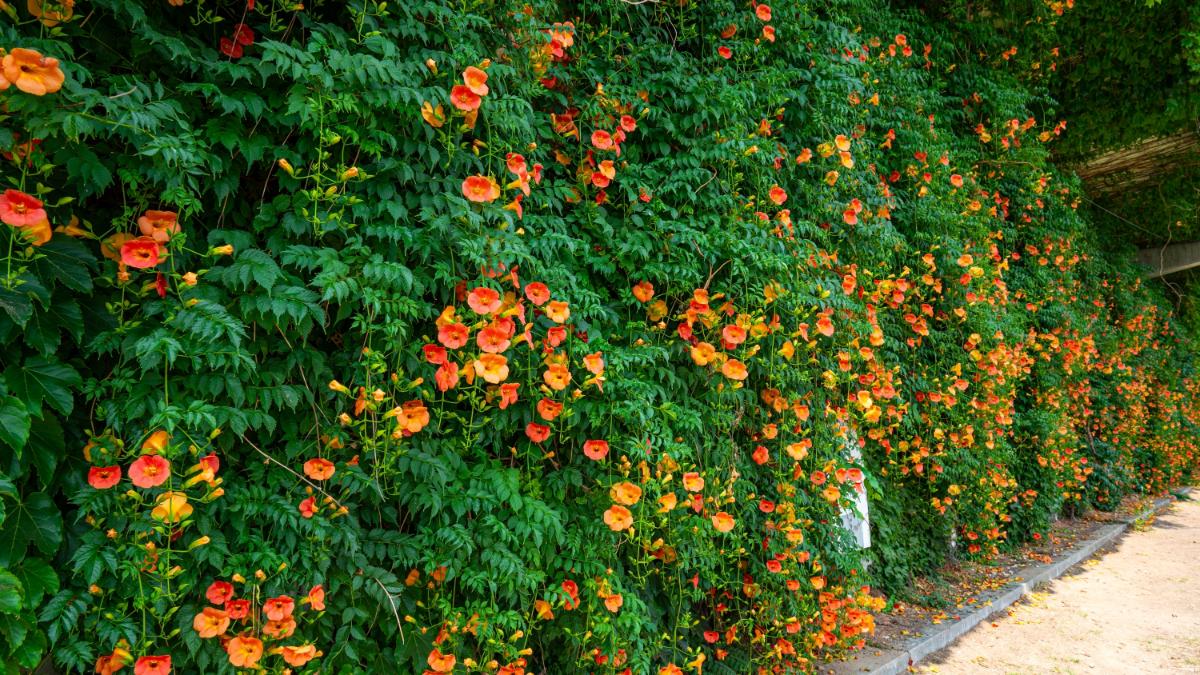
Many of us have invasive plants, and we don’t even realize it.
It’s not uncommon to have perennials in your yard that were once popular or sold as garden, landscape, and perennial bedding plants. Over time, we come to learn which of these were not such a great idea for where we live.
You can correct the wrong, though, just by cutting out, digging out, and replacing invasive perennials – whether they were once intentionally planted or whether they volunteered (something that happens a lot because of their fast-spreading invasive nature!).
9. A Pound of Prevention – Insects and Disease
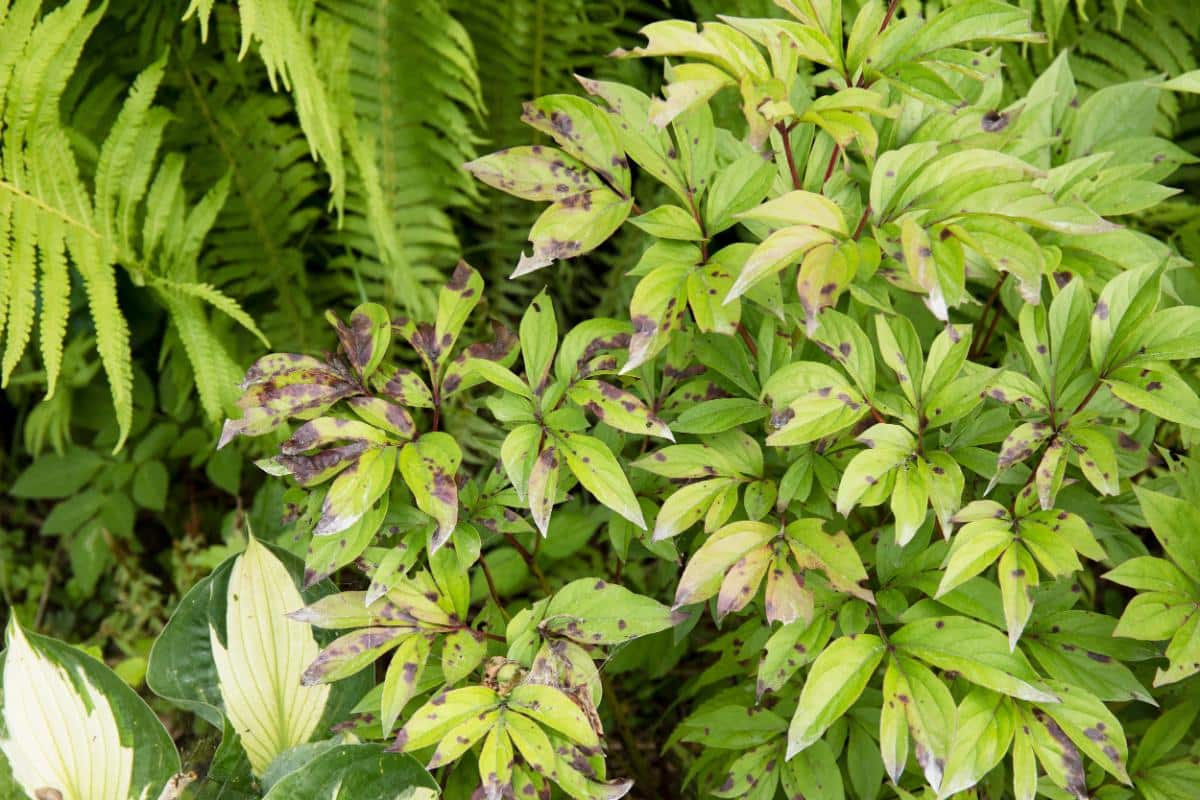
Take steps now to prevent diseases and insects that you know are an annual problem in your perennial beds.
This means looking out for early signs of disease and insects and paying attention to weather and climate conditions that invite disease explosions.
For example, wet and rainy conditions will often invite fungal and mildew diseases, like powdery mildew.
If it seems like conditions are setting up for diseases to take hold, consider some preventative anti-fungal or other treatments.
Neem oil is a good, mostly safe preventative and treatment for fungal-type diseases, and it acts as a natural insecticide for many damaging insects, too.
10. Shop Some Sales
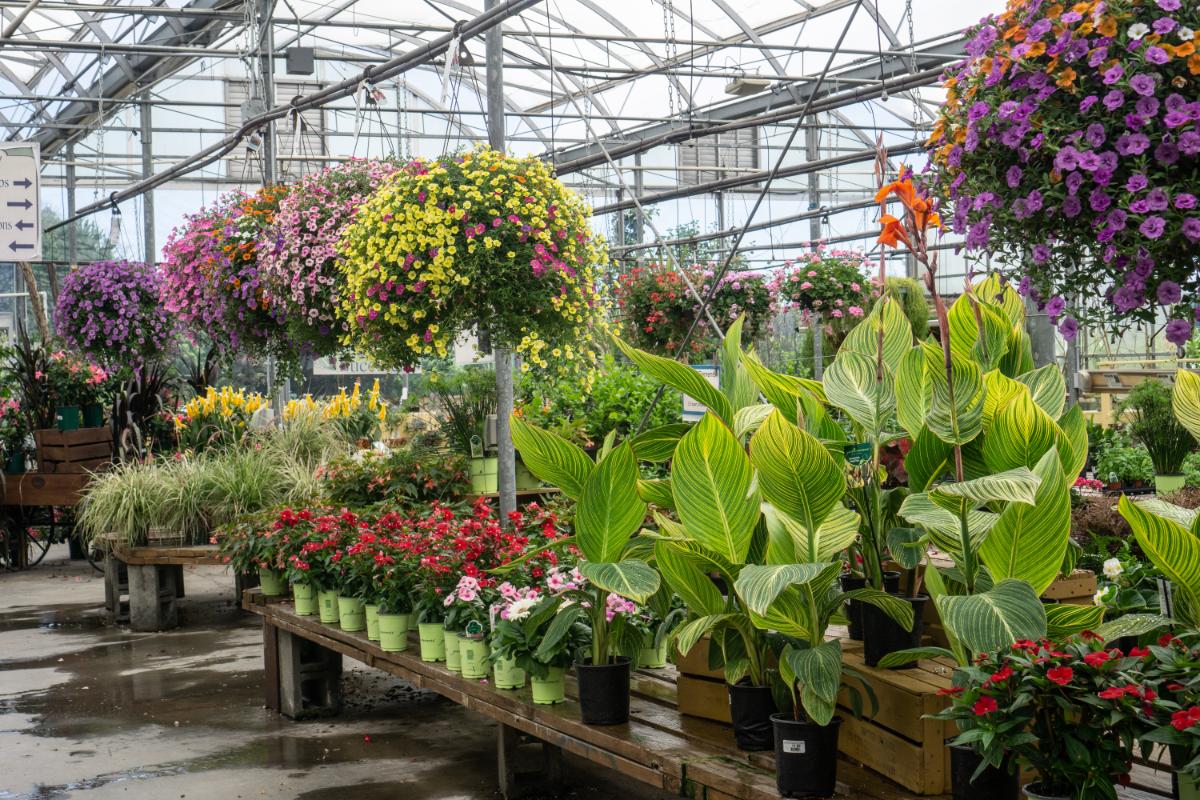
Pop into local home and garden centers and start looking for clearance deals. By July, these places are often trying to move their stock out. Often, they’ll sell things at a discount even though it is still the growing season and even though there is plenty of time to still plant.
It’s better for the stores to clear the decks rather than to continue to have to maintain them, lose them, or throw them out and take a total loss on them.
Look for deals on things like mulch and garden features, too!
Yes, You Can Plant and Even Divide Perennials in July – But There’s a Catch!
You might think that perennial planting is for the cooler months of spring and fall.
To be sure, those are excellent times to plant perennials. There are a lot of advantages to planting earlier and later in the year.
But that doesn’t mean that you can’t plant perennials in July (or other summer months, for that matter).
You can even divide perennials in July.
There is a catch, though. Planting and dividing in July is harder on your perennials only because the conditions are hotter and drier. The plants are subject to more stress than they are in spring and fall.
And so, it’s your job to give them extra support if you’re planting perennials in the summer.
Specifically, this means water.
Water July-planted perennials more often than you normally would as they are getting established. Without overdoing it, don’t be afraid to go above the recommended weekly water allotment.
Until your roots spread, they will be concentrated in one area. The water will travel, but the roots will need frequent watering where they are now.
Give summer-planted perennials an extra one-half to one inch per week during the rooting and establishment period. (For a total of 1 ½ to 2 inches of water each week.)
As the plants become established and transplant shock is ending, start reducing the water back to what you’re giving the rest of your perennial plants.
Water is the biggest key to planting perennials in July. A little shade on the worst days won’t hurt for new plants, either.
Don’t Forget to Stop and Smell Those Roses and Sit Among the Lovely Gardens!
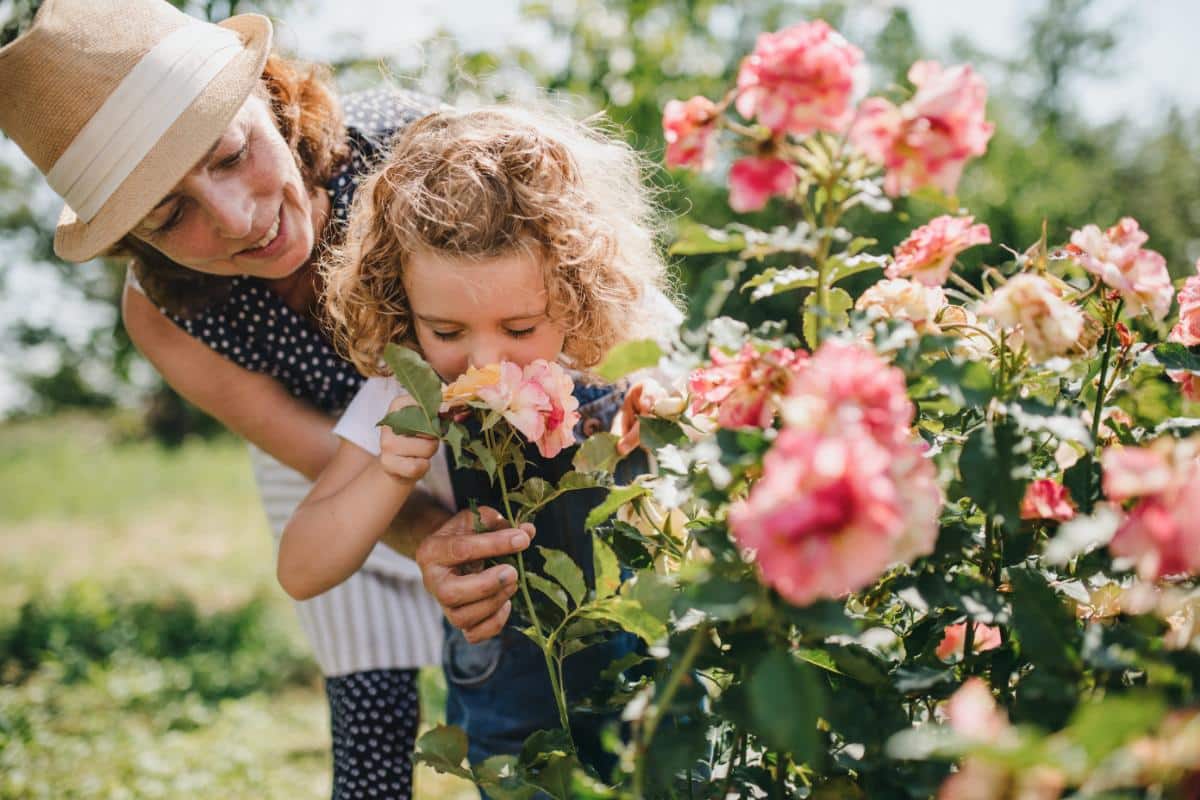
Perennials, lawns, and gardens are all growing so fast in July that it can be easy to get caught up in care and maintenance. But that doesn’t leave you with a lot of time for what your garden is really there for – your pleasure, appreciation, and enjoyment!
Make sitting and enjoying your gardens and perennial beds a part of your garden “to-do” list. In the end, both you and your perennials will benefit from your enjoyment and attention to them!

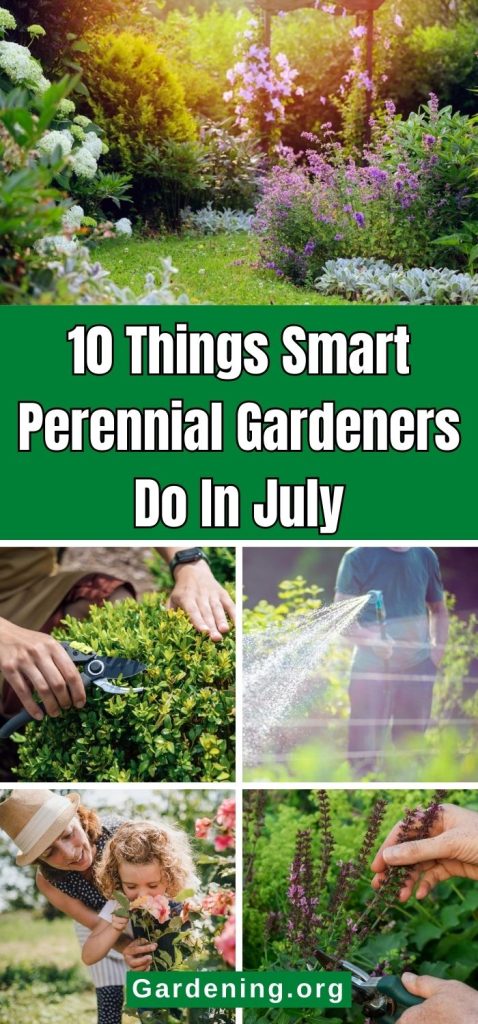
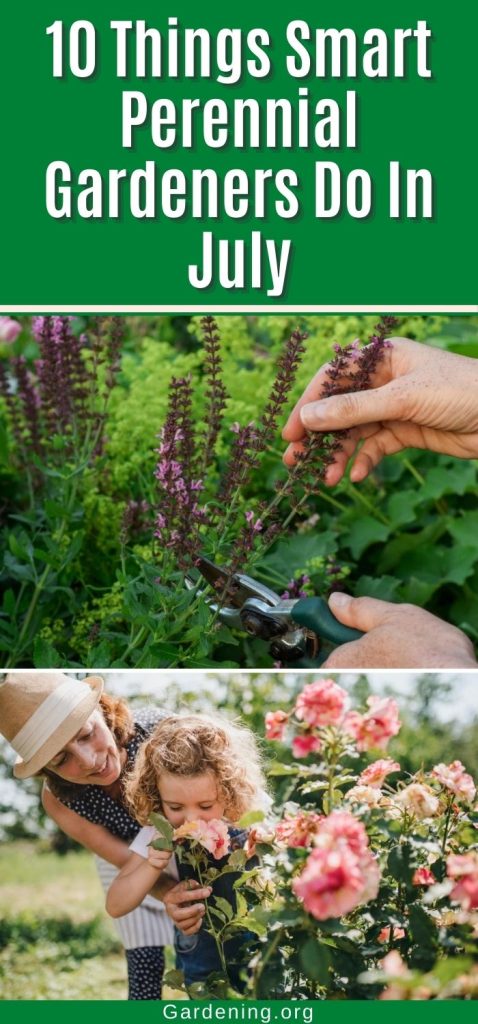
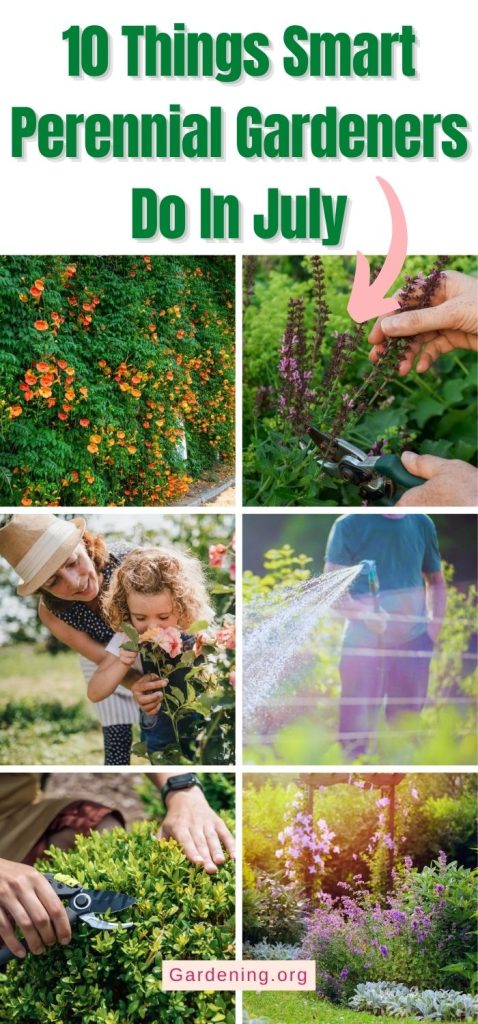
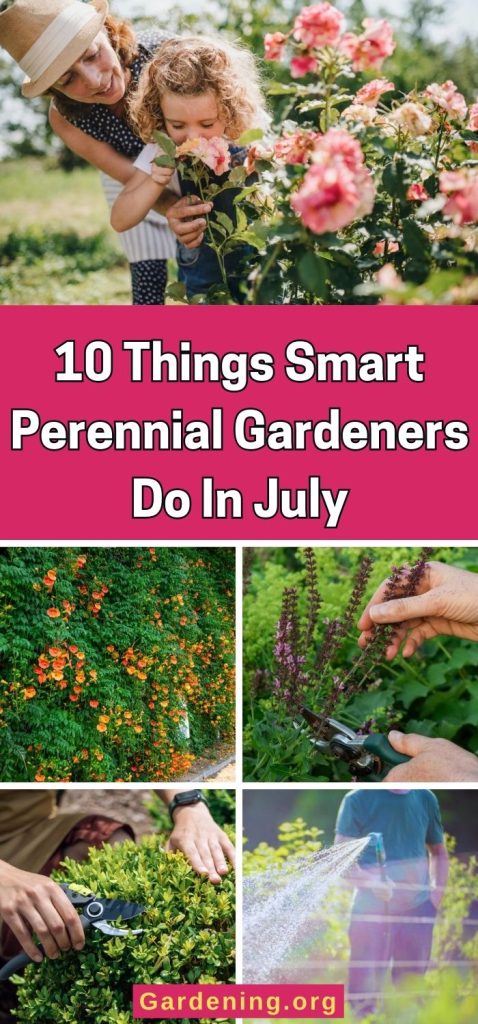
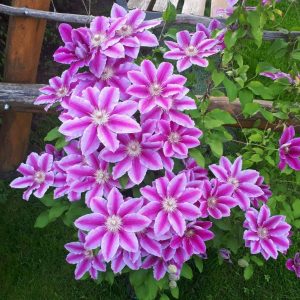
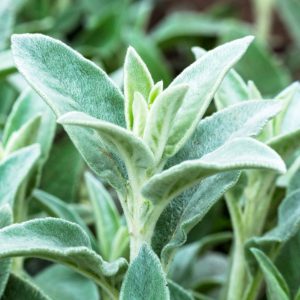

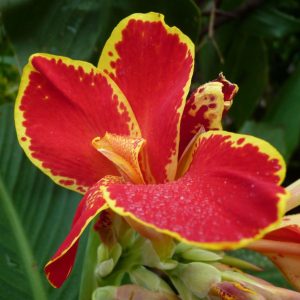
Leave a Reply